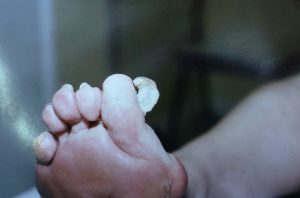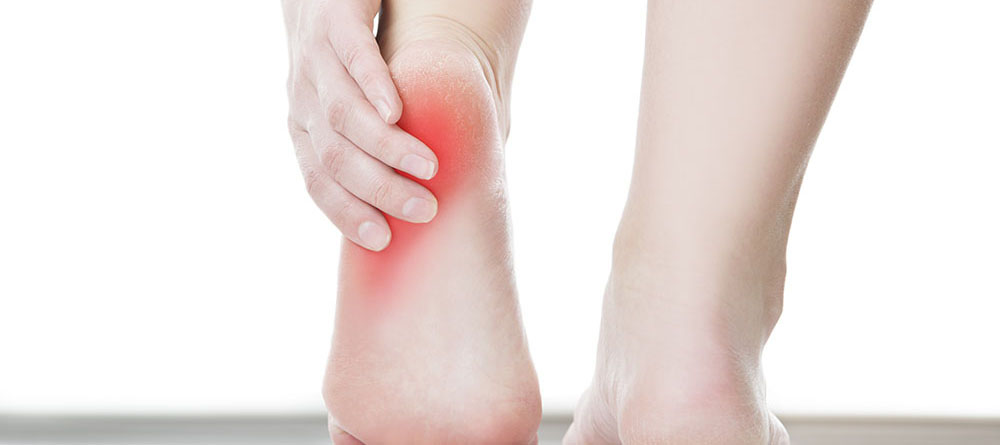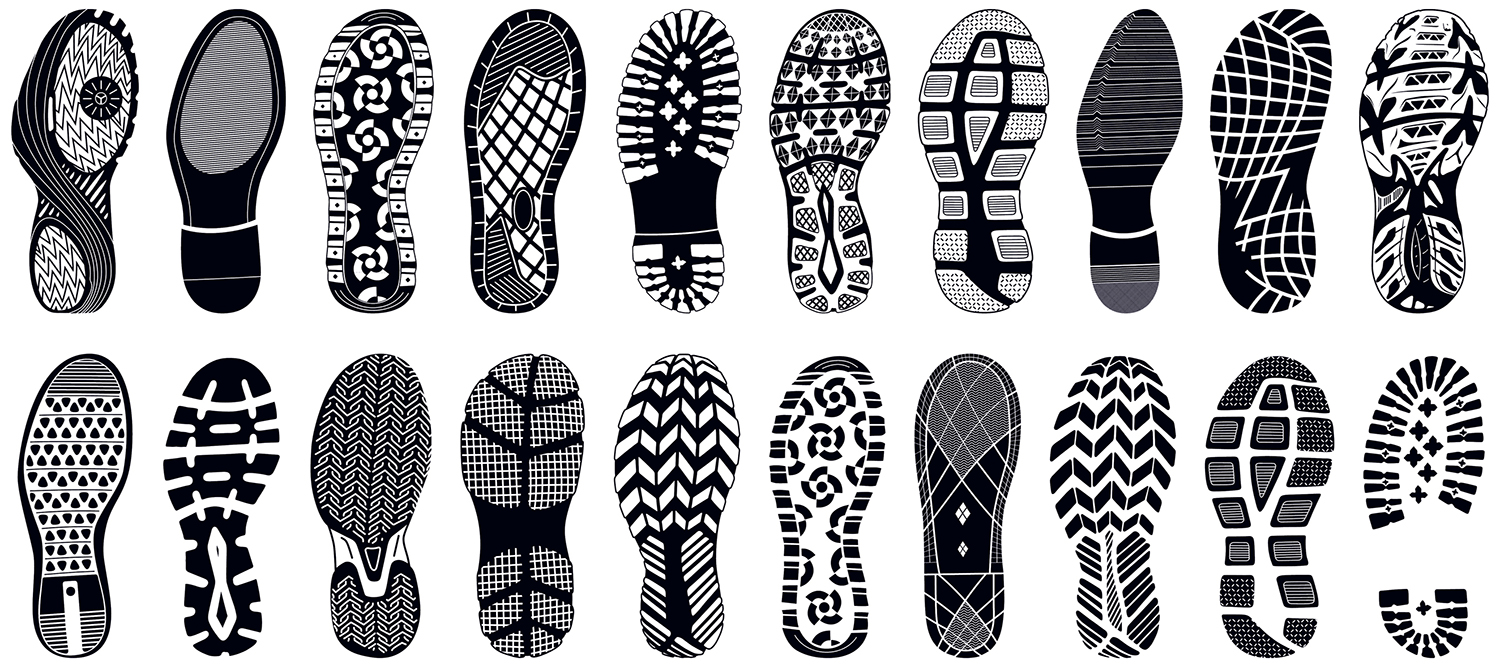GENERAL PODIATRY
General podiatry involves the treatment of a whole range of foot disorders. The aim of treatment is to correct problems where possible rather than just relieving pain temporarily. This may involve the use of innovative devices (such as silicone putty splints to improve the position of the toes and protect them from rubbing against each other) and insoles/orthotics, as well as incorporating advice on foot health care and footwear choice.
The following are examples of General Podiatry treatments available:
Corns and callous
These are thickening of the skin resulting from abnormal friction and pressure and can be very painful. Gentle removal of the thickened area brings immediate relief. Advice is then given regarding the ongoing management of the condition.
Thickened nails
These can be sanded down to reduce the pressure on the nail bed and facilitate easier nail cutting. Such nails are often tender due to corn formation under the nail – this is treated at the same time. There may also be excessive curvature of such a nail, resulting in discomfort at the sides of the nail. This too can be addressed.

Ingrowing toenails
These may result from many different causes – foot structure, footwear, injury to the toe, incorrect nail cutting or ‘picking’ of the nail. This condition can become very painful and the toe may become very inflamed and sometimes infected. Professional podiatry treatment is essential, so that the piece of ingrowing nail can be gently removed – ideally at the earliest stage so that acute pain and infection is avoided. Depending upon the cause of the problem, minor surgery is sometimes carried out as a permanent solution for recurrent ingrowing toenails.
Fungal nail infections
Fungal nail infections may appear as yellow or brown discolouration and may be thickened and ‘crumbling’. There are many different treatments for such nails, ranging from solutions to paint on, to prescription medication for serious cases. Fungal infection of the skin often accompanies fungal nail conditions. NB: not all discoloured or thickened nails are due to fungal infection.
Blisters, Chilblains, Cracked heels
Blisters, Chilblains, Cracked heels and a variety of other problems can all be treated by the podiatrist and advice given regarding prevention.
Verrucae
Verrucae are viral warts that occur on the feet. They are the same as viral warts on the body (usually hands), but when they occur on the bottom of the foot they appear flat due to ground pressure. Black specks are sometimes seen within the wart – these are tiny blood vessels that have been pinched by the growing wart. Verrucae are often painful (though not always).
Verrucae are often contracted at swimming pools/changing rooms etc as the wart virus likes a moist, warm environment. They are contagious, so use of verruca socks or flip-flops in changing rooms and around pools, is to be recommended. Most warts, particularly in children, will eventually clear on their own, however some remain for many years. Treatment is indicated if the verruca is painful, increasing in size or spreading to other sites, or for aesthetic reasons.
A variety of treatments are available according to age, lifestyle and position/size of the wart.
Most frequently treatment is by controlled application of a strong caustic, although cryotherapy and homeopathic remedies are sometimes used. Referral is sometimes made to another Practice for microwave therapy, which is proving to be very successful.
Bunions, hammered toes
Such foot deformities are usually associated with body structure (often hereditary aspects), together with effects from footwear, occupation, sport, injury etc. Treatment may be in the form of insoles/orthotics, toe pads/devices, etc, however referral for surgery is also an option, if appropriate.
Planter fasciitis and Heel pain

Neuromas, Mortons metatarsalgia
Pain in the ball of the foot, often radiating into the toes as ‘pins and needles’. This condition is usually related to a combination of foot structure and footwear issues. Exercises and appropriate insoles/orthotics, together with change of everyday footwear style, will usually resolve the problem, however, surgery is sometimes indicated.
Foot health advice
If you know how to look after your feet, you are empowered to make a difference and, if possible, keep problems at bay. We will advise you as to the best method of footcare for your individual needs.
Footwear advice
We understand that patients often feel a little defensive about their footwear! They often know, deep down, that their shoes are probably not the most appropriate for daily wear and are possibly contributing to their problems. However, they like what they wear and may fear being told that the only ‘good’ shoe is a flat black lace-up!
At MPC we offer advice – not a lecture! We explain how the foot functions in certain types of shoes and explore with you, the patient, what the best options are for you – what choices of footwear there might be to provide you with an attractive ‘everyday’ shoe that will protect and work with your foot ten hours a day. You can then pull out all the stops in fashion and glitz for the ‘social/occasional’ shoe!!

